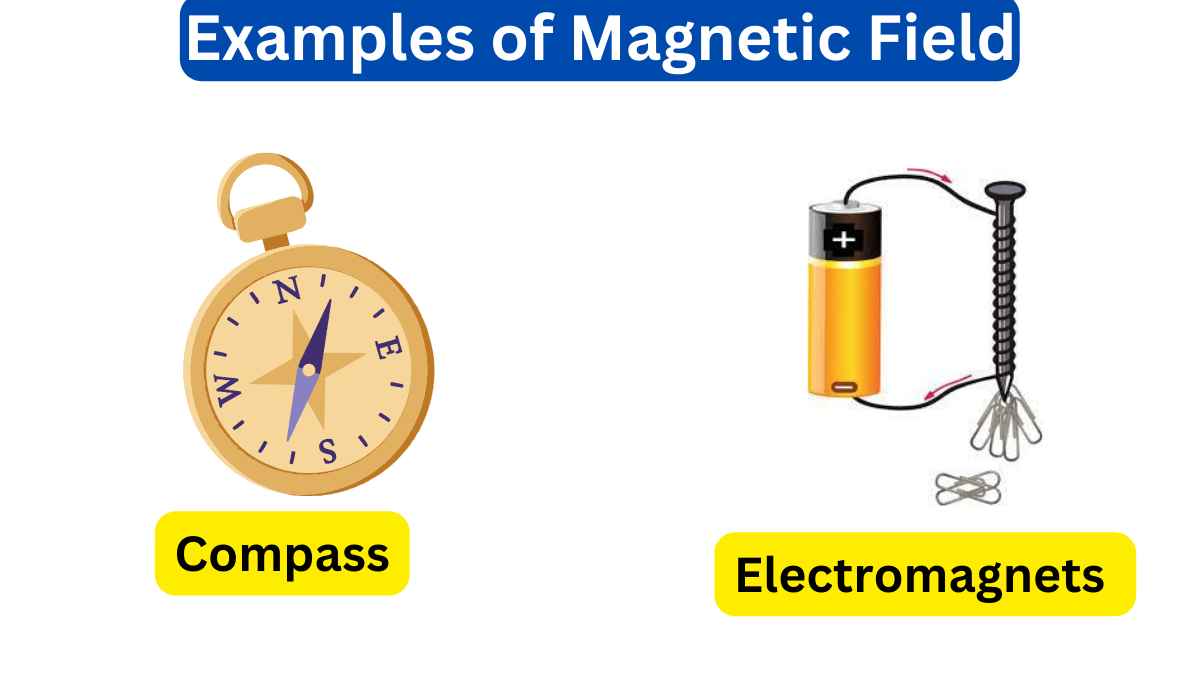10 Examples of Gravitational Waves
Gravitational waves are ripples in spacetime caused by the acceleration of massive objects, such as the collision of black holes or the merging of neutron stars. These waves were first directly detected in 2015. It opens a new era of gravitational wave astronomy.
Examples of Gravitational Waves
Here are ten examples of gravitational waves and their significance.

1. First Direct Detection
The first direct detection of gravitational waves occurred on September 14, 2015, by the Laser Interferometer Gravitational-Wave Observatory (LIGO). This historic event confirmed a key prediction of Einstein’s theory of general relativity.
2. Binary Black Hole Mergers
LIGO and Virgo collaborations have since detected numerous gravitational wave signals from the mergers of binary black hole systems. These observations have provided insights into black hole populations and properties.
3. Binary Neutron Star Merger
In August 2017, the detection of gravitational waves from a binary neutron star merger (GW170817) marked a significant breakthrough. It was followed by electromagnetic observations, including gamma-ray bursts and kilonova emissions, providing a multimessenger astronomy event.
4. Gravitational Wave Catalog
LIGO and Virgo have released catalogs of gravitational wave events, each with dozens of confirmed detections. These catalogs offer valuable data for astrophysical studies.
5. Testing General Relativity
Gravitational waves allow scientists to test Einstein’s theory of general relativity in extreme environments, such as near black holes. Any deviations from predictions would provide insights into modified theories of gravity.
6. Black Hole Spin
Gravitational wave signals carry information about the spins of merging black holes. This data helps us understand the formation and evolution of these exotic objects.
7. Stellar Remnants
Gravitational waves from neutron star and black hole mergers reveal details about the final stages of stellar evolution and the fate of massive stars.
8. Cosmological Insights
Gravitational waves can probe the early universe, potentially revealing signatures of cosmic inflation or other primordial phenomena. Detecting such signals remains a major goal of gravitational wave astronomy.
9. Intermediate Mass Black Holes
The detection of gravitational waves from intermediate-mass black holes (between stellar and supermassive black holes) could shed light on their formation mechanisms, which remain a topic of research.
10. Future Discoveries
Gravitational wave observatories, like LIGO and Virgo, are continually improving their sensitivity. Upcoming detectors, such as the Laser Interferometer Space Antenna (LISA), will expand our ability to detect gravitational waves and explore a broader range of astrophysical phenomena.
Gravitational waves have opened a new window to the universe, offering unprecedented opportunities to study some of the most extreme and mysterious objects and events in the cosmos. Their ongoing discovery promises further breakthroughs in astrophysics and our understanding of the nature of spacetime itself.

 written by
written by 





Leave a Reply